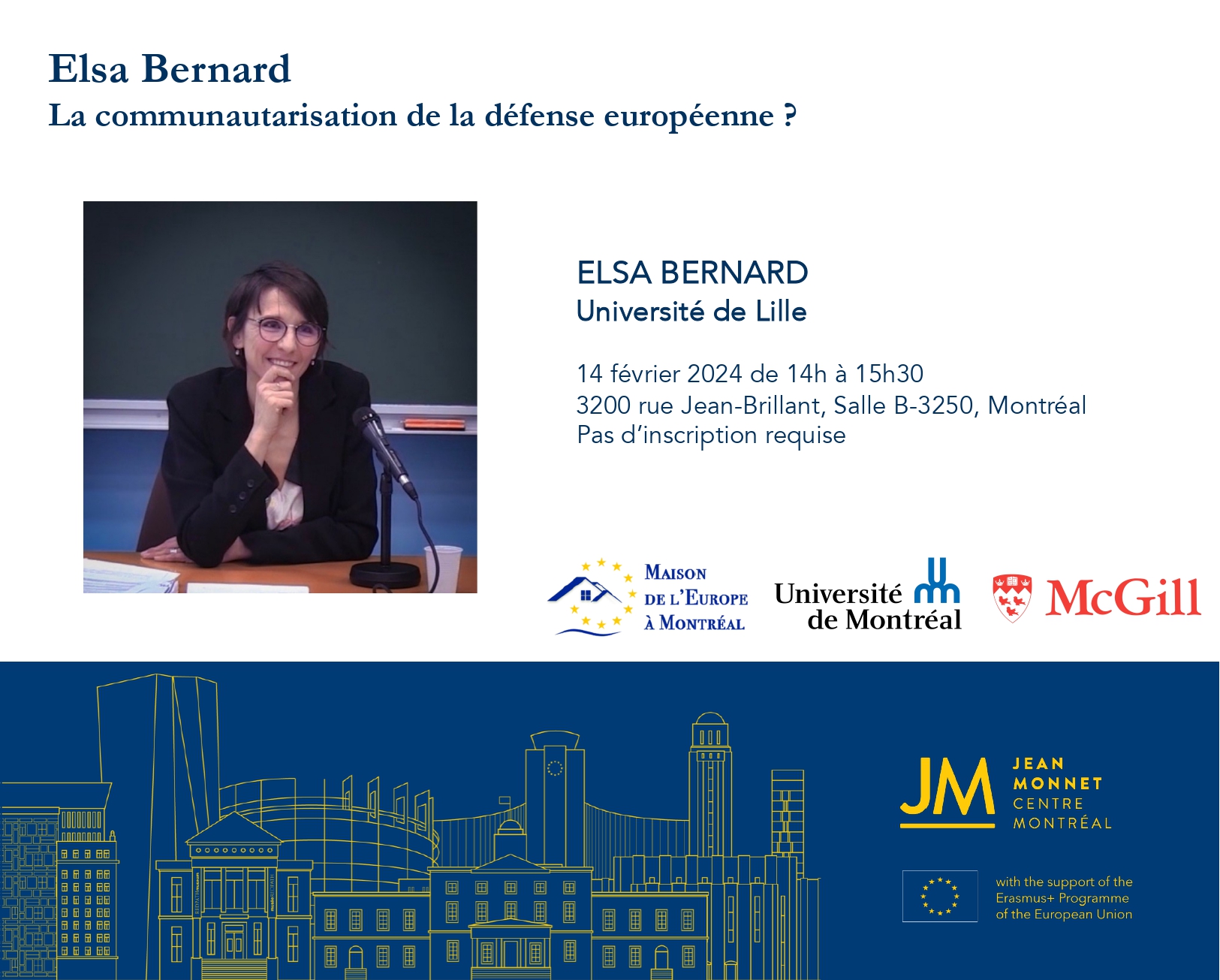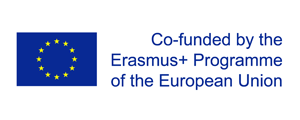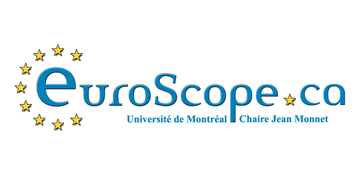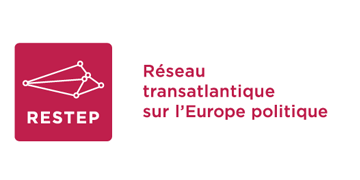RevUE of Elsa Bernard’s conference by Arthur Perrissin-Fabert

« La communautarisation de la défense européenne ? », February 14, 2024, with Elsa Bernard (University of Lille).
The conference conducted by Elsa Bernard focused on the increasing process of communalization of European defense, its history, achievements, and challenges.
The first part of the conference aimed to clarify the notion of “communalization,” which refers to the community method, i.e., the progressive integration of different sectors into the European community acquis. It is the method of small steps, that of Jean Monnet.
While treaties have gradually integrated community pillars, Elsa Bernard notes that the areas of Common Foreign and Security Policy (CFSP) and Common Defense and Security Policy (CSDP) remain closely guarded by the intergovernmental domain, rather than the community one.
This sensitivity is explained by the essential nature of the defense sector, the great heterogeneity in defense matters among member states, and the membership of most members in NATO, notes Elsa Bernard. This explains the strong conservatism of Article 42§2 of the Treaty on European Union, which deals with these issues. This also explains, for the professor of public law, the absence of actions in defense matters between the adoption of the Maastricht Treaty in 1992 and the mid-2010s.
It was only with the deterioration of the international climate from this period onwards, notably marked by the annexation of Crimea by Russia in 2014 or the multiplication of attacks on European soil, that the 27 – the United Kingdom having already voted to leave the Union – will begin to act for European defense, initially in a purely intergovernmental manner.
The alarm bell for the acceleration of the communalization of European defense: the Russian invasion of Ukraine. It will be through industry and research that the first initiatives in this area will be carried out, recounts Elsa Bernard. Indeed, while the European budget cannot be used to buy weapons, it can finance the defense industry and research in the field. This is the objective of the European Defense Fund, adopted in 2021, which finances, for example, the development of an adaptive camouflage system for vehicles.
Several initiatives have thus been taken in the field of common defense, starting with the “European Peace Facility,” which is intended to reimburse states providing weapons to Ukraine, and then with the establishment of two “community” instruments, EDIRPA (European Defence Industry Reinforcement Through Common Procurement Act), whose objective is to encourage member states to jointly purchase weapons, and ASAP (Act in Support of Ammunition Production), an instrument that allows the production and supply of ammunition to Ukraine.
At a time when Donald Trump’s reelection to the White House could signal the death knell of NATO, the project of a “Defense Europe,” launched and aborted as early as 1964, could gradually find its place in the supranational domain in the years to come.
Arthur Perrissin-Fabert.










